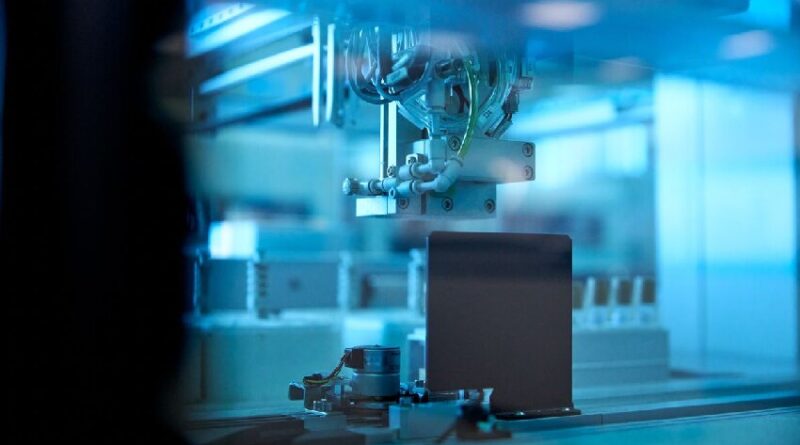What is isothermal titration calorimetry?
Isothermal titration calorimetry (ITC) is an experimental method used to measure the heat released or consumed in bimolecular chemical reactions. Chemical reactions can be exothermic or heat-consuming, depending on the relative energy stability of the reactants. Isothermal titration calorimetry can be used to quantify the magnitude of the heat change during a reaction.
A single isothermal titration calorimetry experiment can be used to calculate binding affinity, specificity, and binding ratio (stoichiometry).
A key advantage of using ITC to measure bimolecular interactions is that it can be used with free molecules in solution. This means that either reactant does not need to be solidified for isothermal titration calorimetry measurements, thus requiring no additional sample preparation, allowing binding reactions to be measured in their native solution environment.
Common applications of ITC
Isothermal titration calorimetry plays an important role in the study of biomolecular interactions. Common applications include measuring protein-protein interactions, protein-nucleic acid interactions, and protein-membrane interactions, which are key to generating macromolecular complexes and are critical for pharmacological research.
Vaccine research is a growing field of application for ITC. All drug-drug interactions can be considered as bimolecular, or higher-order, intermolecular interactions. The same is true for other types of biological interactions, including immune responses to invading hosts.
Principle of ITC
The ITC instrument contains a reference pool and a sample pool, in which a dilute solution is added to the reference pool as a control, separated from each other by a thermal insulation device. Under constant temperature conditions, the drug solution in the syringe is titrated into the sample cell containing the target protein. The two substances interact, and the heat released or absorbed is proportional to the binding amount. When the protein solution in the sample cell is saturated with drug molecules, the heat signal gradually weakens, and finally only the titrated background solution heat can be observed.
Simply put, it means that one reactant is prepared as a clear solution in a temperature-controlled sample cell, coupled to a reference cell through a thermocouple loop, and the other reactant is placed in a syringe as a ligand. Among them, the sample pool and the reference pool are separated by a thermal insulation device, but the environmental conditions are kept the same. At a constant temperature, the syringe continuously drops the ligand into the sample cell at a certain speed. The syringe also has a stirring function. After a certain period of reaction, the instrument measures the heat change of the sample cell and balances it with the reference cell, which is shown as an endotherm. or exothermic peaks. Exothermic reactions trigger negative feedback of isothermal power, while endothermic reactions trigger positive feedback of isothermal power to keep the temperature constant.
ITC advantage
Ability to determine multiple thermodynamic binding parameters (i.e., stoichiometry, association constant, and binding enthalpy) in a single experiment;
Small amount of sample, high sensitivity and high precision;
There are no restrictions on the solvent properties, spectral properties and electrical properties of the studied system, that is, it has the unique advantage of non-specificity;
The measurable affinity ranges from 10-2 M to 10-12 M;
The experiment time is short and the operation is simple (high automation);
No need to modify the binding partner by fluorescent labeling or immobilization technology;
It is not necessary to make a transparent solution during measurement;
Without destroying the sample structure, after the calorimetric experiment is completed, subsequent biochemical analysis can also be carried out.
ITC at Profacgen
Profacgen offers professional one-stop services for isothermal titration calorimetry measurement:
High sensitivity for binding constant as low as nM;
Small sample quantities as low as 20 µM;
Full-service packing from sample preparation to data analysis;
Regular ITC assays;
Data fitting and interpretation;
Quantification and characterization based on molecular mechanisms.




